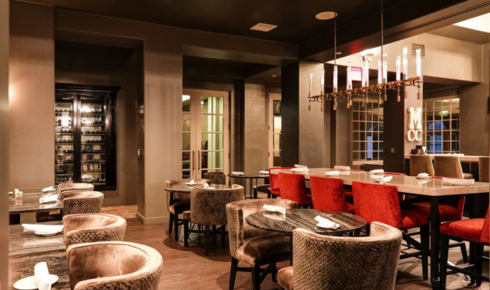Unlocking Opportunities with ADU, Restaurant Construction, Tenant Improvement, Design Build, and Commercial Construction
September 22, 2025

In today’s competitive real estate and business environment, property owners and entrepreneurs are constantly seeking ways to maximize space, increase property value, and create inviting environments. Whether it’s building a new accessory dwelling unit (ADU), transforming a commercial kitchen, upgrading an existing retail space, or pursuing a large-scale development, the principles of commercial construction are at the heart of these projects. From design build services to tenant improvement, the construction industry continues to evolve, offering innovative solutions for property owners and investors alike.
The Rise of ADUs and Their Benefits
Accessory Dwelling Units, commonly known as ADUs, have gained significant popularity across the United States. These secondary housing units, often built in backyards or attached to existing structures, provide flexible living solutions. Homeowners are increasingly leveraging ADUs to generate rental income, house family members, or create private office spaces.
From a construction perspective, ADUs require careful planning to maximize functionality within a limited footprint. Builders often employ creative layouts, energy-efficient materials, and modern design strategies to make small spaces feel larger. Additionally, the streamlined permitting processes in many cities have made ADUs an attractive investment opportunity for homeowners looking to add value to their properties.
Restaurant Construction: Building More Than Just Kitchens
Restaurants are more than places to eat; they are spaces where people gather to connect and share experiences. Successful restaurant construction requires a balance between functionality and atmosphere. Kitchen layouts must comply with safety regulations, ventilation systems need to support heavy cooking demands, and dining areas must be designed for comfort and ambiance.
Restaurant construction projects often rely on the expertise of architects and interior designers who understand how to merge aesthetics with practicality. Durable flooring, easy-to-clean surfaces, and efficient lighting systems are all essential components. Whether it’s a cozy café, a fine-dining establishment, or a fast-casual eatery, each restaurant must be designed to enhance the customer’s experience while ensuring smooth operations for staff.
Tenant Improvement: Transforming Spaces for Success
When businesses move into existing spaces, tenant improvement projects become essential. These modifications range from simple cosmetic upgrades like fresh paint and new flooring to more complex renovations involving electrical, plumbing, and HVAC systems.
Tenant improvement projects often require close collaboration between landlords, tenants, and contractors. Clear communication ensures that upgrades align with the tenant’s business needs while adhering to building codes and lease agreements. For example, a retail store might need open floor space with strategic lighting, while an office tenant may prioritize private conference rooms and advanced networking infrastructure.
By investing in tenant improvement, property owners not only attract high-quality tenants but also increase the overall market value of their buildings.
Design Build: A Streamlined Approach
The design build method is transforming how construction projects are executed. Traditionally, design and construction were handled by separate entities, often leading to communication gaps and project delays. With design build, a single team manages both aspects, ensuring seamless collaboration from concept to completion.
This approach offers several advantages:
- Faster project delivery due to streamlined decision-making.
- Cost savings because of reduced miscommunication.
- Accountability since one entity is responsible for the entire project.
Design build has become especially popular in large-scale commercial projects where efficiency and quality are critical. It allows property owners to achieve their vision while staying on schedule and within budget.
The Future of Commercial Construction
As businesses and property owners adapt to changing demands, the construction industry continues to innovate. Green building practices, smart technology integration, and modular construction techniques are shaping the future. Developers are focusing on sustainability, creating spaces that reduce energy consumption and provide healthier environments.
Whether it’s building an ADU for extra income, embarking on restaurant construction, or upgrading office spaces through tenant improvement, one thing is clear: construction is no longer just about bricks and mortar. It’s about creating spaces that inspire, function efficiently, and add long-term value.
In the end, successful projects depend on choosing experienced professionals who understand the nuances of design build and modern construction trends. With the right team, any vision—big or small—can become a reality.
